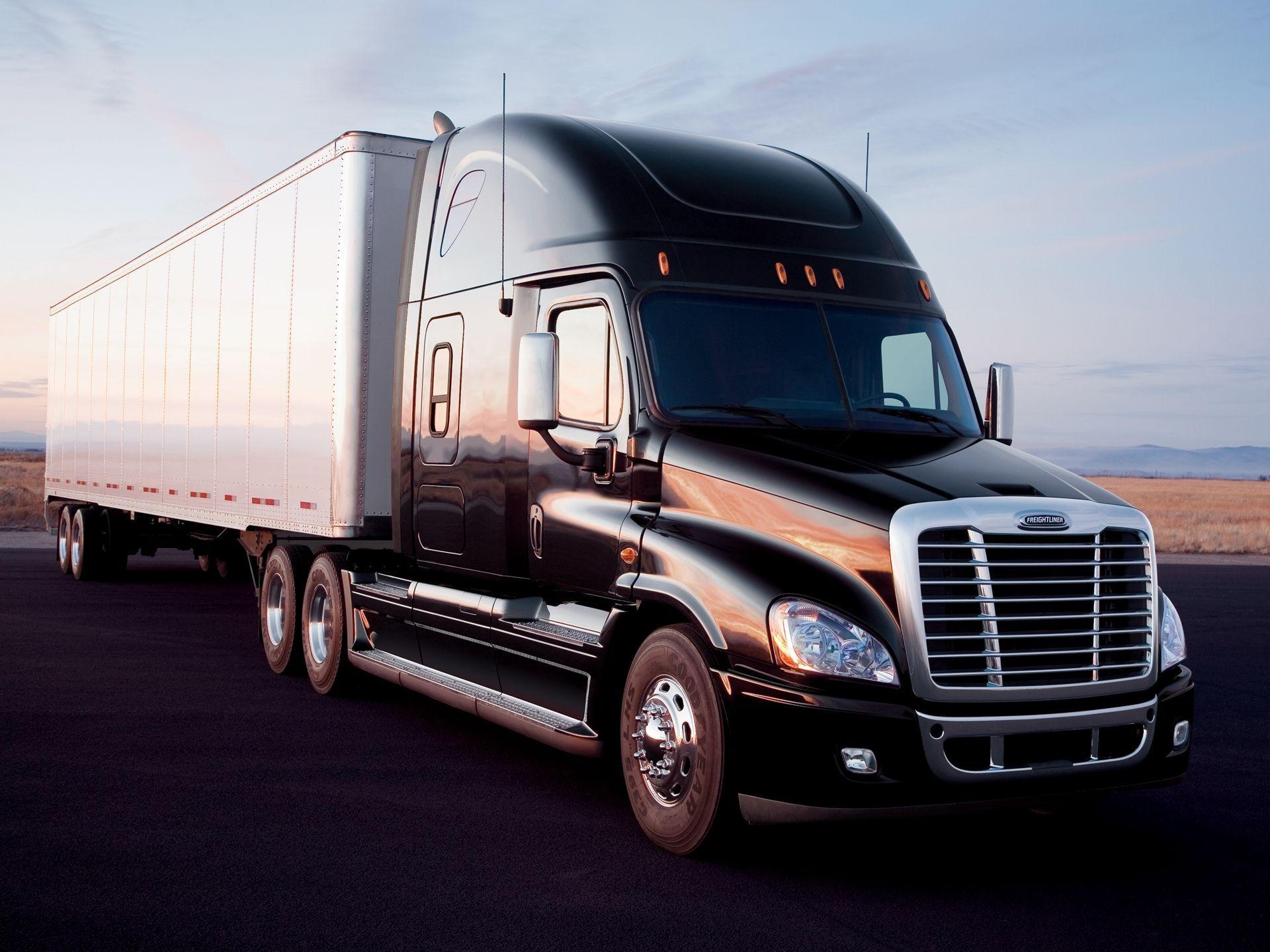In the world of merchandise transportation, performance and performance are critical elements that figure out the success of any sort of squadron. Along with increasing demands for well-timed shipments and cost-effective options, vehicle makers like Freightliner have been continually introducing to boost their automobiles' performance and productivity. One region where considerable developments have been made is in the integration of technology into Freightliner vehicles.
Innovation has transformed the trucking market through boosting efficiency and effectiveness in different methods. One such development is the make use of of telematics systems, which deliver real-time information on different elements of a truck's operation. These systems collect relevant information on gas consumption, motor performance, chauffeur behavior, and servicing requirements. By examining this information, fleet supervisors can recognize places for improvement and take practical action to enhance effectiveness.
One crucial facet that technology has substantially enhanced is gas productivity. Fuel costs account for a significant section of a line's expenses, so lowering energy consumption may lead to considerable cost savings. Freightliner trucks now happen outfitted with state-of-the-art fuel monitoring units that optimize engine efficiency based on bunch problems, terrain, and driving style. These systems change parameters such as treatment timing, air-fuel proportion, and turbocharger enhance tension to make best use of fuel productivity without weakening energy.
Yet another place where modern technology has created a substantial effect is in safety function. Freightliner trucks are geared up with state-of-the-art vehicle driver assistance units (ADAS) that utilize sensing units and cams to check the vehicle's surroundings. These devices can spot possible hazards such as street separations, forward wrecks, or drowsy driving patterns. They give aesthetic or clear warnings to notify the driver and can easily even interfere through automatically using brakes or steering inputs if essential.

Furthermore, modern technology has greatly strengthened car diagnostics and maintenance methods. Freightliner trucks now feature onboard diagnostic systems that continuously keep an eye on engine parameters and pinpoint prospective concerns before they lead to malfunctions or costly repairs. This proactive method allows fleet supervisors to take care of upkeep necessities immediately, reducing downtime and boosting general productivity. In addition, remote control monitoring units enable line supervisors to track lorry efficiency and set up preventive upkeep based on genuine consumption somewhat than arbitrary mileage intervals.
In addition, technology has substantially enhanced the connection of Freightliner vehicles. With the introduction of Web of Things (IoT) modern technology, vehicles can easily now be connected to a central squadron monitoring unit. This connection enables real-time monitor of automobiles, screen of driver actions, and marketing of routing. Through studying information from numerous vehicles in a fleet, supervisors can easily recognize inabilities or obstructions in functions and create informed selections to strengthen overall functionality.
In Full Article , innovation has played a pivotal part in improving performance and performance in Freightliner vehicles. Via the assimilation of telematics units, gas monitoring devices, ADAS features, auto diagnostics, and connection answers, Freightliner has been capable to offer advanced options that optimize gas consumption, boost safety and security spec